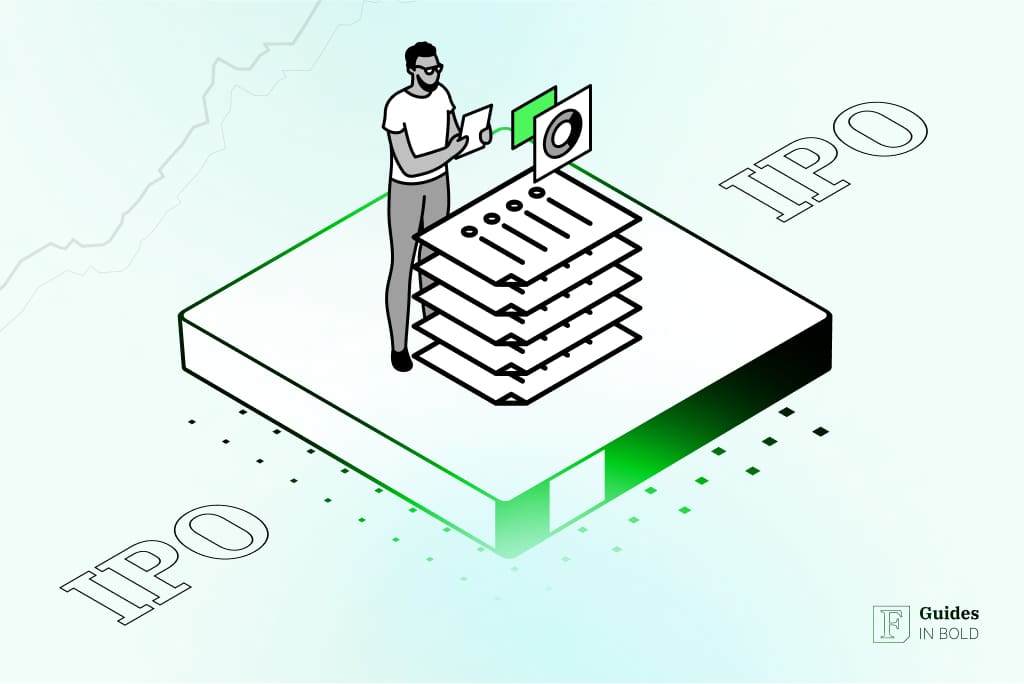

This guide will investigate the initial public offering or IPO. It will delve into the process of a company “going public,” how retail investors can get in on the action, as well as the pros and cons of investing in these types of stocks.
Highly Rated Stock Trading & Investing Platform
30+ million UserseToro is a multi-asset investment platform. The value of your investments may go up or down. Your capital is at risk. Don’t invest unless you’re prepared to lose all the money you invest. This is a high-risk investment and you should not expect to be protected if something goes wrong. Take 2 mins to learn more.
IPO stands for initial public offering and is the process of a privately owned company listing its shares on a stock exchange, making them available for the investing public for the first time.
The IPO process allows the offering company to raise capital from public investors to expand operations and fuel growth. In addition, an IPO can be seen as an opportunity for early-stage investors and founders to cash in, as it typically includes a share premium for existing private investors.
In order to “go public,” a private company hires an investment bank (or several) to underwrite the IPO. Typically in an underwriting agreement, the underwriter agrees to bear the risk of purchasing the entire inventory of shares issued in the IPO before they are sold to the public at the IPO price. Often, to ensure widespread distribution of the new IPO shares, a group of underwriters, called the syndicate, shares in the risk for the offering.
The role of an underwriter is to serve as the intermediary between the company and investors, as well as work with the company to ensure that all regulatory requirements are satisfied. In particular, the underwriters must navigate the process of filing a registration statement with the Securities and Exchange Commission (SEC), which includes its prospectus with detailed information on the company’s finances, business model, and growth opportunities.
Then, to gauge interest in the stock, IPO specialists contact an extensive network of investment organizations—such as mutual funds, pension funds, foundations, and insurance companies. The amount of interest these large institutional investors receive helps their underwriters set an initial public price and issuance date.
Finally, on IPO day, the company “goes public” as the company’s stock becomes available to the general public, beginning trading on a major stock exchange like the NASDAQ or New York Stock Exchange (NYSE).
Recommended video: What is an IPO?
Source: YouTube CNBCInvesting for beginners:
Getting a company to its IPO is time-consuming, expensive, and teeming with regulatory hurdles. For example, to go public, a company must open its records to public scrutiny, as well as examination by SEC regulators.
The IPO process consists of the pre-marketing phase of the offering and the initial public offering itself, involving the following steps:
Recommended video: The IPO process
Source: YouTube The Plain BagelGaining access to an IPO before it begins trading can be challenging. However, should you decide to take the chance, follow these four steps: